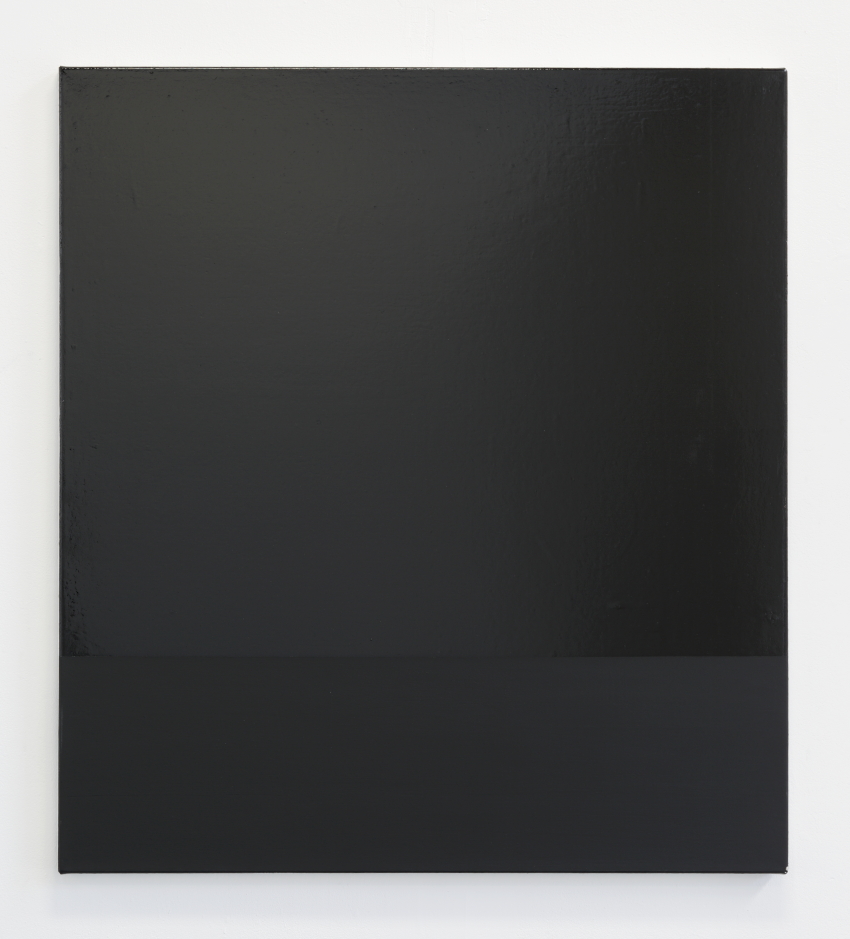image: “Twofold One”, 2017, oil and epoxy enamel on canvas. 127 x 113cm
ABSTRACT
1960’s North American Minimalism, with its slick “industrial elegance” instigated a rupture in abstract art by rejecting the gestural abstractionism of the preceding decades.This research argues that despite an apparent denial of the gesture, by many of the artists associated with Minimalism, it persisted. It identifies the critical role the gesture played in expanding Minimalist painting and sculpture during this period. It exploits contradictions within the Formalist doctrinaire of Clement Greenberg and Michael Fried and returns to assess the Minimalists’ objects themselves.
The research is practice-led that positions itself within the modes of contemporary reductive and abstract art. It seeks to draw from and expand on a legacy of Minimalist art and Modernist Abstraction. Central to the research is a studio practice that explores a diverse range of methods and materials and employs gesture as a strategy to realize painting and sculptural outcomes.The written dissertation makes compelling links between the gesture of Jackson Pollock and the sculptural methodology of many of the Minimalists: including Donald Judd, Robert Morris, Richard Serra and Eva Hesse.
The research closely considers how the Pollockian gesture became embedded within the Minimalist practice and the manner in which it became a generative method for a group of artists who facilitated an expansion of media and practice.
For more images please click here.
